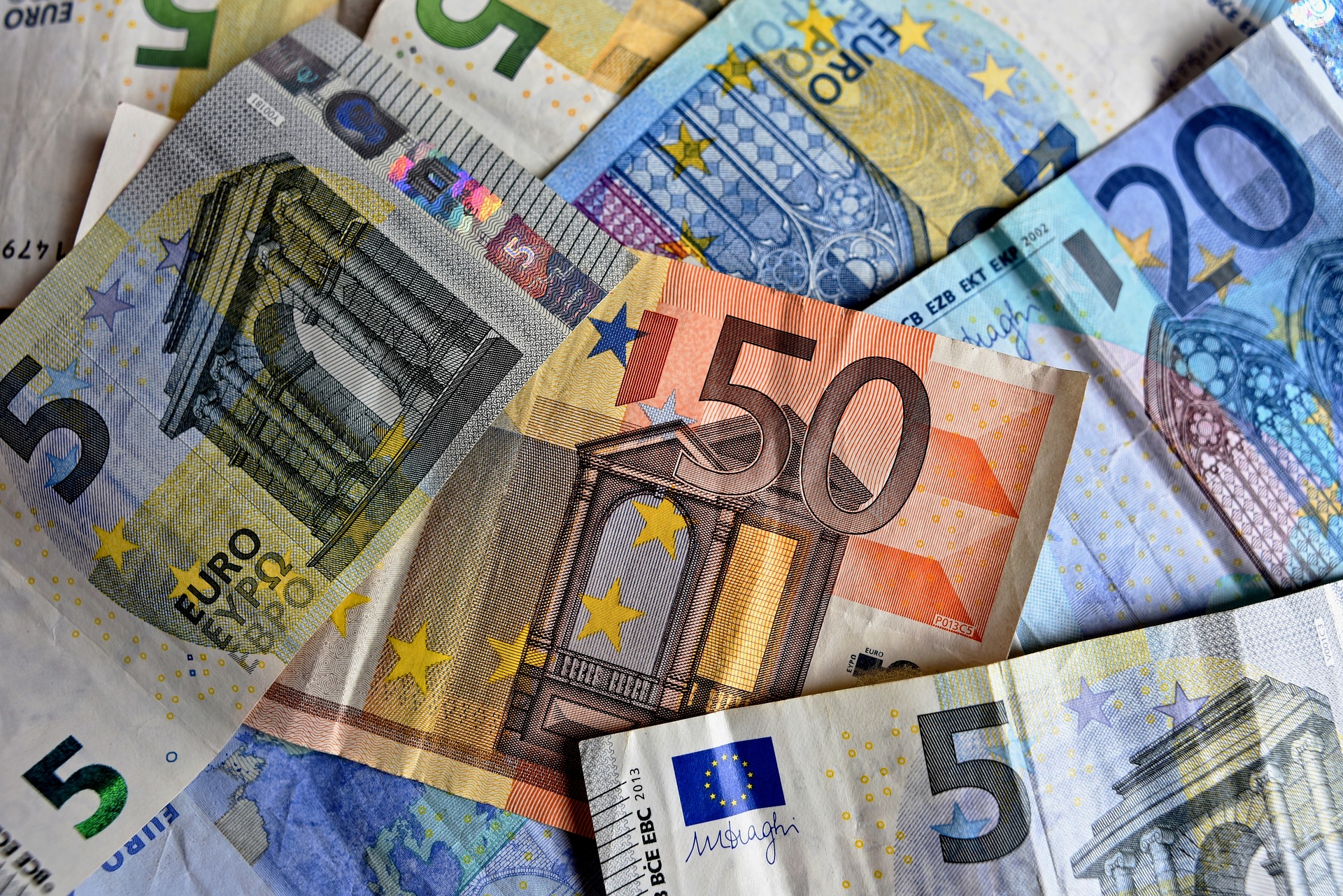
The European Commission revised upwards the projection for the growth that Croatia's GDP posted in 2021 to 10.5 percent, released as part of their Winter 2022 Economic Forecast on Thursday.
According to the Commission's projections, this might be the second-highest GDP growth rate recorded in the European Union in 2021, behind Ireland - which is expected to see a whopping 13.7 percent GDP growth in 2021.
The report said that Croatia's economy has achieved a full V-shaped recovery in 2021, growing to become larger than it had been prior to the 2019 pandemic-induced crisis. Following the 8.1 percent GDP shrinking in 2020, the economy is estimated to have grown by 10.5 percent in 2021.
However, the Commission also downgraded Croatia's projections for 2022 and 2023 compared to its most recent earlier outlook, published in November 2021. In 2022, the GDP is expected to grow 4.8 percent (down from the previous estimate of 5.6 percent) and in 2023 GDP growth is set at 3.0 percent (down from 3.4 percent projected earlier).
Croatia's inflation is forecast at 2.7 percent in 2021, 3.5 percent in 2022, and 1.6 percent in 2023. "These figures are at the level of the euro zone average and slightly lower than in the EU overall," state agency Hina said.
After posting strong growth in the Q2 and Q3 2021, Croatia's economy is expected to have slowed down in the Q4 2021, based on short-term indicators of economic activities and price increases. Exports of commodities and services contributed to the recovery, with tourism playing a major role, as well as personal spending.
"Although a strong increase in demand for finished products led to a growth of imports, the contribution of net exports to growth will remain positive," the report said.
Investment is also expected to increase, and reconstruction should be stepped up after the earthquakes in Zagreb and the Banija region, as are favourable financial conditions and the implementation of the National Recovery and Resilience Plan (NPOO).
The revised budget indicates that government spending will make a positive contribution to this year's growth. The risk balance is slightly tilted to the downside, "mainly due to problems in implementing projects following the earthquakes. which could negatively affect investments," the report said.
Around €1 billion was made available to Croatia through the EU Solidarity Fund to assist in rebuilding damaged infrastructure and housing in the March 2020 Zagreb quake and the December 2020 Petrinja quake. The deadline to use up the funds expires in June this year, with only a tiny fraction of the funds spent so far.
The high inflation rate in the first half of 2022 is expected to slow down in the remainder of the year. Inflation will be most affected by prices of energy and unprocessed food. It is expected to drop below 2 percent in 2023.
As for the EU as a whole, the European Commission estimated that following the 5.3 percent growth last year, the economy will grow at a rate of 4.0 percent this year and 2.8 percent next year. Growth in the euro zone is forecast at 4.0 percent in 2022 and 2.7 percent in 2023.
The EU economy has managed to bounce back from the slowdown caused by the Covid pandemic and has reportedly reached its 2019 level by Q3 2021, with all 27 individual member countries expected to see full economic recovery by the end of 2022.
Kakvo je tvoje mišljenje o ovome?
Pridruži se raspravi ili pročitaj komentare



 Srbija
Srbija
 Bosna i Hercegovina
Bosna i Hercegovina
 Slovenija
Slovenija







